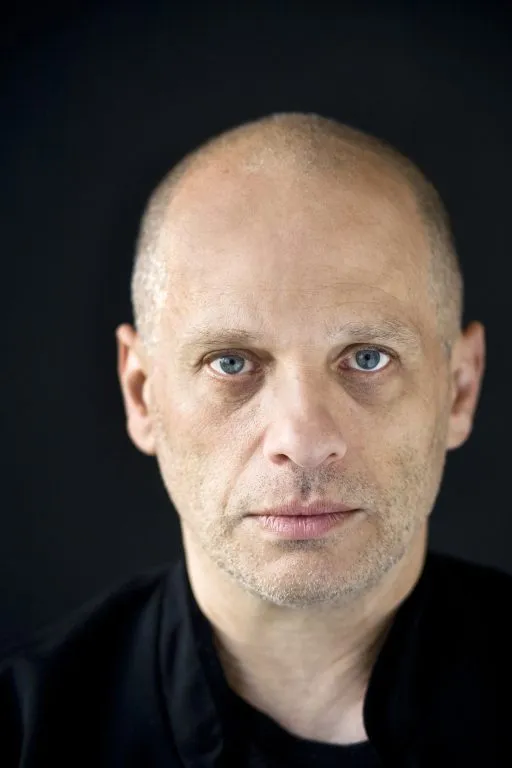
From romance to stillness, from classical canon to contemporary reflection: these five choral works each offer their own hue for a summer evening. Stretch out in a hammock or open a window, let this summery choral music drift in, and let the day come to a gentle close.
Cantique de Jean Racine – Gabriel Fauré
Fauré composed this serene hymn at just 19 years old, yet his signature style—refined, melodic, and understated—is already fully present, radiating calm and assurance. The text, based on a paraphrase of a Latin church hymn, speaks of the divine presence in silence. Cappella Amsterdam performed this piece on an episode of Podium Witteman (now Podium Klassiek), delivering a transparent, warm sound that perfectly suits the evening mood of the work.
Warum ist das Licht gegeben dem Mühseligen? op. 74, nr. 1 – Johannes Brahms
A sensitive, contemplative corner of Brahms’ a cappella choral works—and a perfect soundtrack for a summer evening moment. Warum ist das Licht gegeben? is a meditative motet that poses profound existential questions about pain, the purpose of suffering, and the comfort of faith. Brahms composed this motet in 1877, during a period when he was deeply engaged in balancing classical form with personal expression. While the piece is often performed in winter, it is equally well-suited to summer thanks to its open harmonies and tranquil structure—it doesn’t ask for cold, but for attention. Written for eight-part choir, the complex contrapuntal lines interweave with impressive depth. And yet, the music never feels heavy: it unfolds like a searching conversation at dusk. Ideal for those who wish to quietly reflect.
Stabat Mater – VI. Vidit suum dulcem natum – Francis Poulenc
In his Stabat Mater, Poulenc captures deep emotion in seemingly simple lines. The sixth movement, Vidit suum dulcem natum, is one of the most intimate moments of the work: a mother watches her son die and longs for surrender. Cappella Amsterdam recorded this piece in Tallinn, together with the Estonian Philharmonic Chamber Choir, the Estonian Philharmonic Orchestra, and soprano Carolyn Sampson, conducted by chief conductor Daniel Reuss. The combination of Poulenc’s harmonies and the transparency of the choral performance makes this passage especially suited to a quiet evening. The full recording of Poulenc’s Stabat Mater, released by Harmonia Mundi in 2014, was named Choc de l’année 2014 by the French music magazine Classica, and praised for its clarity and emotional depth. About this work, Classica wrote: “Everything is just right here: refined without ever being excessive.” The restrained atmosphere of this sixth movement invites reflection. What better than a calm anchor point after a long, light-filled day? It’s music that truly comes into its own on a clear summer evening. As De Volkskrant wrote of the complete Stabat Mater recording: ‘The choral sound is as clear as the sky above the Baltic Sea. Soprano Carolyn Sampson sails through it with effortless grace.’
again (after ecclesiates) – David Lang
Minimalist, hushed, and hypnotic: again is both the first and final movement of David Lang’s cycle the writings, based on texts from the Hebrew Bible. David Lang is one of the most distinctive composers of our time, known for his minimalist yet powerful and emotionally charged music. He is unafraid to explore the boundary between sound and silence—many of his works carry a delicate glow that only reveals itself when you truly listen. The lyrics of again, drawn from selected verses from Ecclesiastes, offer a poetic reflection on the endless cycles of life: people come and go, the sun makes its rounds, the sea is never full.

David Lang by Peter Serling
people come and people go
the earth goes on and on
the sun rises, the sun sets
it rushes to where it rises again
the wind blows round, round and round
it stops, it blows again
all the rivers run to the sea
but the sea is never full
from where the rivers run they run again
Lang’s setting is almost mantra-like: short fragments of text return again and again in subtle vocal patterns that slowly shift and align. It is precisely this simplicity that gives the work its strength. It allows space for silence, for breath, for presence. Perfect for a meditative moment at the close of a summer’s day.
Within the cycle, again functions as a kind of circle: the music literally returns at the end, as if time itself is being stretched. This gives the text a new resonance—like an echo, a memory, and a moment of rest. NRC praised Cappella Amsterdam’s 2022 recording, made in the Pieterskerk in Utrecht, for its unforced beauty: with clear ensemble singing and whisper-soft harmonies, it created a sonic space that felt restrained and comforting, like a choral prayer in a quiet chapel.
Summertime
Admittedly, Summertime began as an opera aria. But arranged for choir or vocal ensemble, we believe it absolutely deserves a spot on this summery playlist; rarely does longing sound so sultry and timeless, so unmistakably dreaming on a cloud of summer melancholy. Originally written for the opera Porgy and Bess (1935), it has since become a universal summer icon, with over 25,000 registered covers worldwide. Gershwin drew inspiration from African American spirituals and folk songs, and in this lullaby-like composition, he uniquely blended melancholy and hope.
In the program Gespiegeld | Miroirs, developed by Cappella Amsterdam together with pianist Julien Libeer, Summertime is presented in a surprising new arrangement in the autumn of 2025. Choir and piano mirror each other in sound, atmosphere, and gesture. The music is thus liberated from its operatic context and reimagined as an intimate, dreamy summer hymn—gentle, sustained, but with an undercurrent of longing.
Let yourself be gently carried away this summer by these beautiful, atmospheric choral works—perfect for a holiday evening, under the stars or while relaxing on the balcony.
Want to discover more? Check out our Spotify playlist or explore other listening tips on our Discover page.









